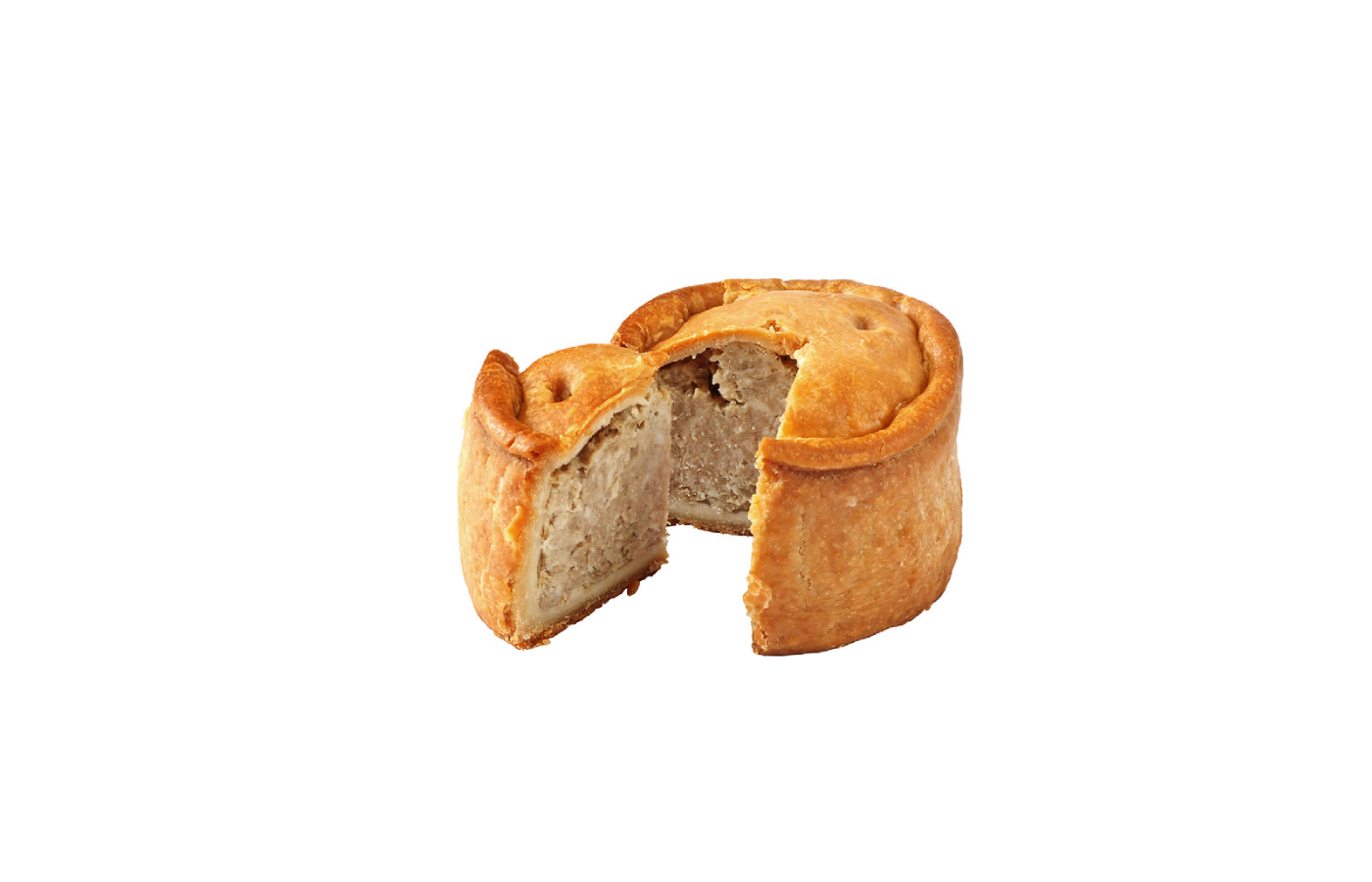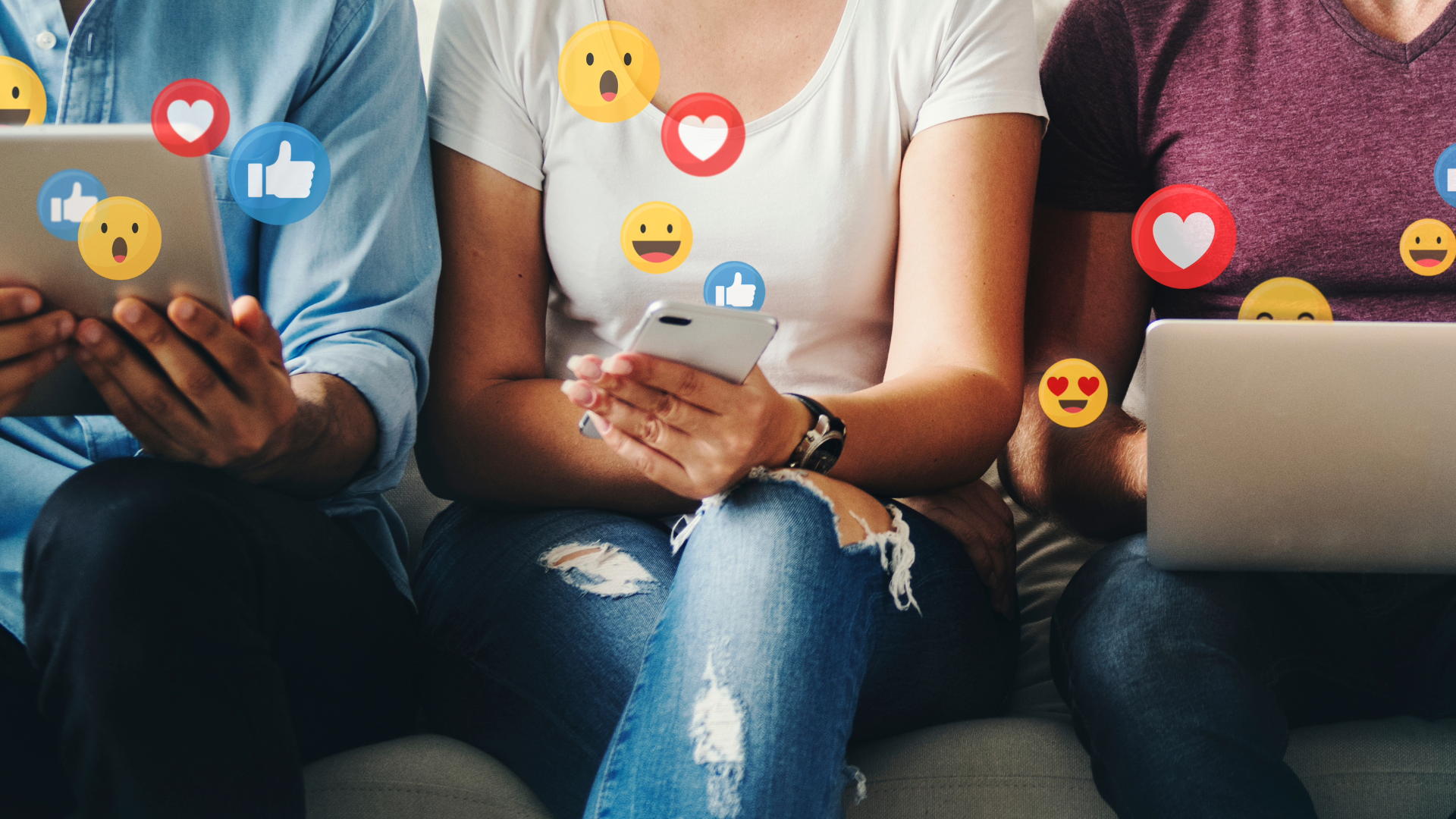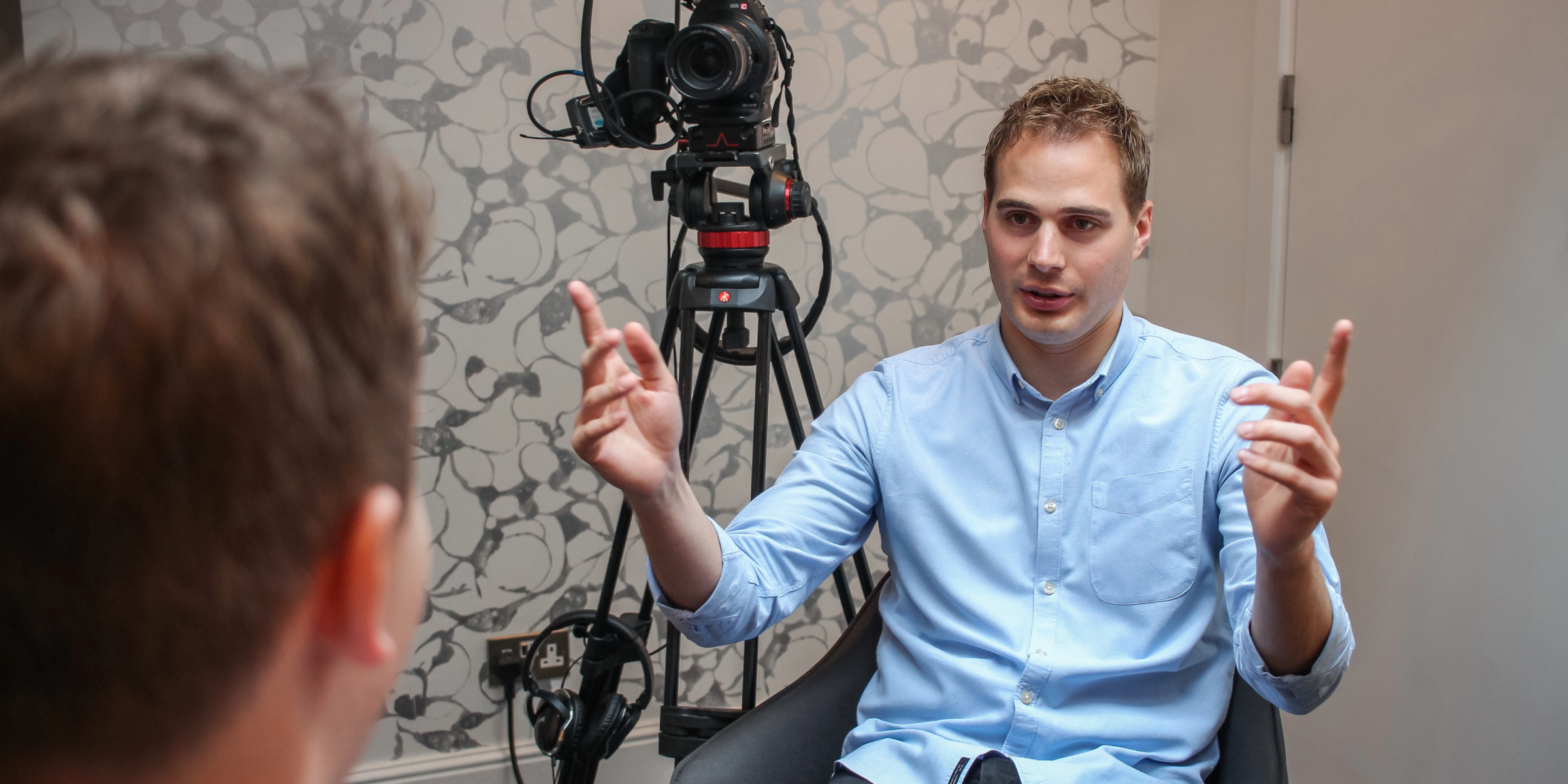It’s a common human trait to want to know what you’re going to get for your money, especially if you’re paying for a service such as broadcast PR. But how do you know when a supplier is telling you the truth and not bamboozling you with lies, dammed lies and statistics?
What’s inspired this blog
I’m inspired to write this blog because we recently quoted for a radio day for a client who had also approached a competitor. Now, for radio days we generally guarantee a minimum of 10-12 opportunities, 1-2 of which are likely to be nationals. Typically, we exceed this. In 2020 for example, we AVERAGED 18 interviews with a reach of 4.5 million listeners. Obviously that means some stories got even more and no campaign achieved less than our minimum guarantee.
Over promising, under delivering
Our competitor had promised 50 interviews for the same campaign. However, our client couldn’t explain how they thought this was possible. Were they counting the several hundred stations that take content from Sky News Radio as individual opportunities? Were they counting an interview that runs across several stations as multiple interviews? Were they claiming to have placed a pre-recorded interview they’d done themselves (and called a syndicated audio feature) on numerous stations – without proof of any? Were they – and we’ve heard this from several sources – getting their own staff to do an interview passing themselves off as a journalist from a radio station! We will never know.
Not enough hours in the day
The main issue about securing 50 interviews in one day is that there are unlikely to be sufficient hours in the broadcast day to accommodate them. Unless it’s an absolutely, must-have story with an amazing spokesperson (that they’ll bend over backwards for), broadcasters are going to tell you when they want an interview. They’re unlikely to fit into times they consider to be inconvenient. That means they (particularly nationals) won’t want to do an interview on the hour or half hour, because that’s when the news goes out. Live interviews are cheap and easy to produce and even easier to drop when a better story comes along, so that’s why there are often more live than pre-recorded interviews in a radio day schedule.
Live interviews, good and bad
Live interviews are great content; you get more air-time and a greater number of opportunities. However, within the constraints of a radio day you do need to allow a bit more time than pre-recorded interviews. They tend to be longer than pre-records for a start, but our producers also have to accommodate any late-running. So, whilst you might be able to squeeze a pre-recorded interview into a 15 or even 10 minute slot, you need 20 minutes plus for a longer, live interview. In fact for national stations we generally allow 30 minutes; that’s because they often book on the half hour, knowing that they won’t finish the news for several minutes but could still run late.
If you’ve read this far then I think you’ll be getting the gist: there are unlikely to be enough hours in the day, factoring in all those issues, to physically do 50 interviews!
Working with the broadcasters
PR stories always have a better chance earlier in the day than later. That’s why we always embargo a story until 00:01, so it can be picked up in time for early morning and breakfast shows. The later in the day the more organic, breaking news stories there are and that’s when PR generated content often falls by the wayside. If a PR story is more hard hitting there may be interest in it from the more news orientated breakfast shows, so early interviews from 0700 can be expected. An 0800 or 0900 start however is more typical.
Pre pandemic a radio “day” generally wrapped up around lunchtime, because local radio often moves into phone-in or specialist programming in an afternoon. Covid-19, however, has been a catalyst for change in broadcast too. BBC regional programmes for example have been reduced from four to three per day. They cover the same air-time but the remaining three programmes are now an hour longer. On the plus side this means the same people are producing an extra hour of air-time each day, meaning our PR generated content is more in demand for longer. But even bearing this in mind there is a cut off time of around 1700, at which point most stations go into a news belt.
Let’s look at the numbers
So, lets do the maths. 0800-1700 is nine hours of broadcasting. If you did 6 pre-recorded interviews an hour for nine hours you could hit the target! But that’s not allowing any breaks for the spokesperson all day and means turning down a host of live interviews. Instead, let’s make half the interviews live and give the spokesperson two 15 minute comfort breaks. By my calculation that’s 37 interviews, a back-breaking schedule and a lot of luck that the broadcasters all agreed to slot into place! You see what I mean?
Proof of the pudding…
Looking at two recent campaigns of ours, you can see the proof of the pudding is in the eating. A B2C campaign for a tech client with a corporate and a third party spokesperson, springs to mind. Between the two spokespeople did 25 interviews, around half each. And we had a campaign this morning for a tourist board – that resulted in one TV interview, 26 radio interviews, plus a further 22 opportunities where one interview was syndicated over several stations.
Why we pitch ourselves conservatively
For several years we’ve pitched and not got the work from this particular tourist board because competitors have promised the world and more, in comparison to our more conservative but realistic guarantees.
The reason we pitch ourselves low is that, particularly these days, there is no knowing how busy the news agenda is going to be. A dramatic development regarding the pandemic, a sudden death, a breakthrough on a trade deal and the schedule gets squeezed, meaning there is less room for PR generated content. It’s not paid for media, it’s editorial, meaning you don’t know what you’re faced with until the day!
I hope that’s given you food for thought. We never get into spats with competitors it’s just not professional. But sometimes it’s worth pointing out that some agencies are more honest than others.
To read more about our media relations services, click here.



